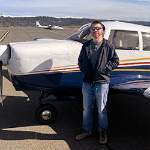All Activity
- Past hour
-
I’m requesting a little diagnostic input on the first oil leak to arise on my engine post overhaul. It is at 140 hrs and just under 11 months SMOH and has functioned flawlessly so far. Today, when I reduced power to idle just before landing, I got a sudden little spritz of oil mist on the middle of the windscreen. Upon landing, I noted a tiny bit of oil running back along the front of the top cowl. Upon examining carefully under the cowl, it appeared immaculate – no oil to be seen (so it must not be a big leak). The only exception is in the picture attached. There is oil that appears to be running down from the fitting connecting the prop governor oil line to the right front of the case. This is a strip of oil from the fitting down the right front side (pic attached). I don’t see oil anywhere else. Can one be confident the leak is from this fitting? If that’s the case, I’m a bit surprised there’s no oil blowing back across the base of cylinder #1. What is the best course of action here? I also wondered if the leak might be from the front crankshaft seal, but I would expect oil on both sides of the engine in that were the case.
-
So none of that demonstrates your ability to draw pictures in the sky.
- Today
-
NEW NEWS FROM LASAR AND MOONEY AS OF 10/2/2025
MikeOH replied to cliffy's topic in General Mooney Talk
Well, I don't know about better, but there are nearly twice as many Bonanzas as M20s...I would think that fact alone helps with the economics of part production! -
Nothing wrong with that. My comment was towards those that are somehow "impressed"; i.e. 'skill'
-
When I use the rocker on the autopilot head to change pitch, it seems slow to react -- both to start, and to stop once started. I feel like I'm chasing it up and down.
-
That sounds right. Every time I run my checklist, my notes get better, so I'll have to verify.
-
I meant to say I checked that the autopilot would respond to changes in the the heading bug, and after that, I'm reading my checklist for the next step, and the trim wheel starts moving -- apparently uncommanded. Not fast, but I can't figure out where it thinks it's going.
-
I'm no autopilot expert, but I did operate a KAP 150 for a number of years. As I recall the pitch behavior on mine seemed a little wonky (technical term) if I played around with it on the ground as you've described but it worked fine in the air. For my preflight checks I pulled the yoke back about half way, approximately to the cruise position, and engaged to A/P to confirm it would initially hold it there. I'd then hit the trim switches on the yoke to disengage, re-select A/P and HDG and twizzle (another tech term) the HDG bug back and forth to confirm the yoke moved appropriately, and use the big red button to disengage. Other than running the trim both directions manually and with the yoke switches, that was the only ground check for pitch that I did. With the airplane sitting on the gear in it's classic Mooney nose-high attitude the A/P is going to command pitch changes it thinks are needed to maintain level "flight", and that's what I attributed the A/P pitch inputs on the ground to. Using the rocker switch on the KC-191 with only A/P selected is telling the A/P to change the pitch up or down, so since the airplane isn't moving in pitch I think (?) the computer will continue to command a pitch change in the direction you told it to go until it hits the stop. Is that what you're seeing? Bad on me, I didn't check the left/right trim switches independently, or exercise the panel rocker switch as part of my checks. I trusted the computer self-test caught everything I didn't physically manipulate. Hopefully one of our King A/P gurus will be by shortly to provide you with a more complete answer and assessment of what you've reported. The delays and trim wheel behavior you describe don't sound familiar.
-
NEW NEWS FROM LASAR AND MOONEY AS OF 10/2/2025
Paul Thomas replied to cliffy's topic in General Mooney Talk
Beechcraft has a better owner group than we do. They are organized and pooled their money to offer over $500,000 to a company could would produce new ruddervator below certain price point. -

NEW NEWS FROM LASAR AND MOONEY AS OF 10/2/2025
jetdriven replied to cliffy's topic in General Mooney Talk
But the prices have gone up 40% since pre-Covid so I’m not totally sold on this. I guess when the door seal gets to be $500 we can talk about it again. All of the price increases by the Hartzell family of companies (Arcline) was not related to supply and demand. -
Open Door In Flight training?
jlunseth replied to wombat's topic in Mooney Safety & Accident Discussion
Two stories re this topic. One, when I picked up my plane at purchase it was in AZ and we (my non-Mooney instructor and I) flew it all the way home to MN. An annual had be badly done in AZ, and on takeoff the door came open even though it was latched. Landing and closing the door did not help, same result. We tried the procedure in the POH and could not close the door. The good news is that the slipstream is strong enough that nothing is going to happen, no one is going to fall out, it is held very strongly in place. In the paper days you had to make sure one of your charts did not get sucked out, but that is the worst that can happen. The bad news is that the slipstream won't allow the door to close either. We flew over Raton at 16k, it was cold and somewhat noisy with the door in that condition, and all the way to Garden City where we convinced the door to latch and held it in place during takeoff. It was subsequently discovered that the latch was not adjusted properly and I have not had a problem with it since then (2009). So I completely agree with 201er, forget the door. If you get in a bad situation as a result of the door coming open that is because you panicked and failed to continue to fly the plane. As for the baggage door, I had a friend and famous aviator decades ago who took off from a field in ABQ that is not there anymore (Coronado) to fly his family to Taos for some skiing. It was a twin with the baggage door forward in the nacelle. The door came open on takeoff and they did not survive. The pilot tried to return to Coronado to land, but was unable. There have been several "the baggage door came open in flight" incidents on this forum over the past 14 years since I joined it. I recall one in which the door departed the fuselage and made the rest of the trip lodged in the horizontal elevator. He made it all the way across the Atlantic in a the first ever balloon crossing only to perish about three or four years later in an avoidable fixed wing accident. So here is my rule. I always, always include the door in my pre-flight, and no one except the pilot is allowed to close and latch that door. I always lock it, and check that I locked it, following advice from a couple of the instructors at Mooney PPPs. I had one girlfriend years ago who would get very offended that I would not allow her to close the door, and she would purposely try to open and close it herself. Not my girlfriend anymore (not the only issue). Don't worry about the safety on the inside, that will work when you pull the pin even if the door is locked. The chances of getting back there and out the door in a forced landing situation are not that great anyway. As we all - I hope - learned in beginning pilot school, one of the very important items on the off field checklist is to open the main door while still in the air and shove something in it to keep it open so it can't jam shut on impact. Then you won't need the baggage door anyway. -
Decided to put two more squares of cloth weave to clean it up and give it a more finished look. Final results with the vacuum bagging layers removed. Still had to remove the sealing tape. I had it sitting in the sun for the heat to accelerate the curing process but the sealing tape became very sticky and needs to cool before removal.
- 64 replies
-
- 1
-

-
- carbon fiber
- fiberglass
-
(and 2 more)
Tagged with:
-

NEW NEWS FROM LASAR AND MOONEY AS OF 10/2/2025
Schllc replied to cliffy's topic in General Mooney Talk
What isn’t 30% more expensive that it was in 2020? Most things are a lot more than 30%! Everything in the grocery store is double or more, and they have cut portion sizes. -
Just to clarify, you are saying when you engage MET, (1) it takes 3-5 seconds to do anything and (2) once it starts, it won't stop? The only time I've seen something similar, it's been with a KAP 140 and it was a servo issue. I've flown with the KAP 150 but have not come across this, so I'm not sure how similar they are. As an aside, I no longer do AP overpowering tests beyond holding the yoke in place for the brief time it takes to disconnect. I picked up the rationale from the more recent Garmins. In the case of real runaway trim it will fight you and make the out of trim condition worse, and I can't help but think that overpowering when not necessary can't be all that good for the system.
-
IO-360 ‘warm engine’ start on M20J
MikeOH replied to Tiny18Driver's topic in Modern Mooney Discussion
Me, too! The ‘trick’ where it differs a little from Maxwell’s technique is cranking a few second BEFORE moving the mixture from ICO. This ensures the mixture is lean, first! -
Fly Boomer started following KAP-150 QUESTION
-
Question for any of you who have ever flown behind a KAP-150. I'm creating a PFT (Pre-Flight Test) checklist from the Pilot's Guide, and getting behavior that I don't understand. K-model sitting in the hangar. GPU plugged in; Master on; Radio Master on; Elevator Trim on; Standby Vacuum Pump on; GNS-430 on; give the gyros a few minutes to stabilize. Tap the Test button, all annunciators on both the KC-191 and KAS-297b light up; flashes and beeps five times; AP annunciator blinks; Trim annunciator goes off. AFAIK all these automatic gyrations are expected. MET (Manual Electric Trim) on yoke: Left side up and down, wheel doesn't move BUT I can't overpower the MET using the wheel. Right side up and down, wheel doesn't move, and turns freely. Wheel does not turn when holding AP DIS/TRM INT button on yoke. Again, AFAIK all is well (except for being able to overpower the MET when left side of trim button is used). Turn on AP ENG button on KC-191 (pitch hold/roll level mode), and box the controls to assure I can overpower autopilot -- all okay. Add HDG on the KC-191, and the yoke turns left and right to follow the Heading bug on the KI-525 HSI -- all okay. Now, after about 5 seconds, the trim wheel starts creeping slowly nose up. Takes at least a minute to get all the way nose up. I'm not sure what it's headed toward, but in flight this would not work. Also, if I use the Up/Dn rocker on the KC-191, nothing happens for 3-5 seconds, and then the trim starts to move. If I take my finger off the rocker, the trim CONTINUES for at least another five seconds, or until the trim is against the stop either up or down. Again, in flight this won't work. Sorry for the long-winded explanation, but I'm hoping someone familiar with this autopilot can suggest something to look at.
-
Kent Taylor joined the community
-
-
Being a Buckeye, when I was breaking in my new engine I decided, why not do it with a little style? SCRIPT OHIO:
-
IO-360 ‘warm engine’ start on M20J
DCarlton replied to Tiny18Driver's topic in Modern Mooney Discussion
I've been doing this too (basically the Maxwell procedure) since the last discussion on MS. I used it yesterday. Works great. Haven't found a need recently to go full throttle with mixture off, then reverse the two when it starts. I do sometimes advance the mixture too fast though; gotta ease it in. Funny though; I'm still as puckered up with hot starts as I've always been even though I'm having no issues. Some sort of hot start PTSD. -
Well, show us how easy it is.
-
NEW NEWS FROM LASAR AND MOONEY AS OF 10/2/2025
hazek replied to cliffy's topic in General Mooney Talk
If this would guarantee me parts when I need them, no problem! Sign me up. I wonder if this is a factual statement. Perhaps it matters how documentation is submitted. I have no idea but just going off of my personal anecdotal experience in life that when I need to pass through a bureaucratic process I seem to have less difficulty than others when I come with well prepared documentation. Perhaps this is an exception but, like I say, I wonder if that's really true. -
Over Center Gear Link bushing 914020-017 bushing
Fritz1 replied to BrianL29's topic in Modern Mooney Discussion
excellent! -
jeremyc209 started following Mooney pilot draws an A-10
-
It's not about skill, it's about having a little fun.
-
NEW NEWS FROM LASAR AND MOONEY AS OF 10/2/2025
Fritz1 replied to cliffy's topic in General Mooney Talk
during annual in March we discovered a small elevator bellcrank that caused excessive play between the elevator halves, small handmade part riveted together from three sheet metal plates, bushing, bearing the whole thing about 4" long. As a quick and legal fix we replaced the loose hylock fastenters with monel rivets. Consensus was that this part would be $2500 to replace if it were a Beechcraft part. The Mooney part had a lead time of 13 weeks and a price of $800. When I got the part I was amazed, Mooney had re-engineered the part to be integrally milled in one piece. No doubt they lost money on that part. Soo, parts prices will go up because they have to. About the same time I was approached by an MSC wondering if I was ready to fund parts production at Mooney with a fixed amount per year, lots of questions, nothing ever came of it and now Lasar stepped in. Problem still remains, parts production needs to be funded to build up inventory, by how much? probably by the amount of 6 months of parts sales. So, instead of moping, who is ready to step in? 300 owners at $3000 a pop makes $900k, enough the get things moving funds to be released to Lasar and/or Mooney for inventory buildup by a board of the the 3 largest donors? The whole thing blows up, guess what fonds perdu as the French say. In the end gotta pay the piper! Whoever is interested in being part of the solution, please pm me.

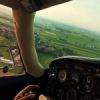





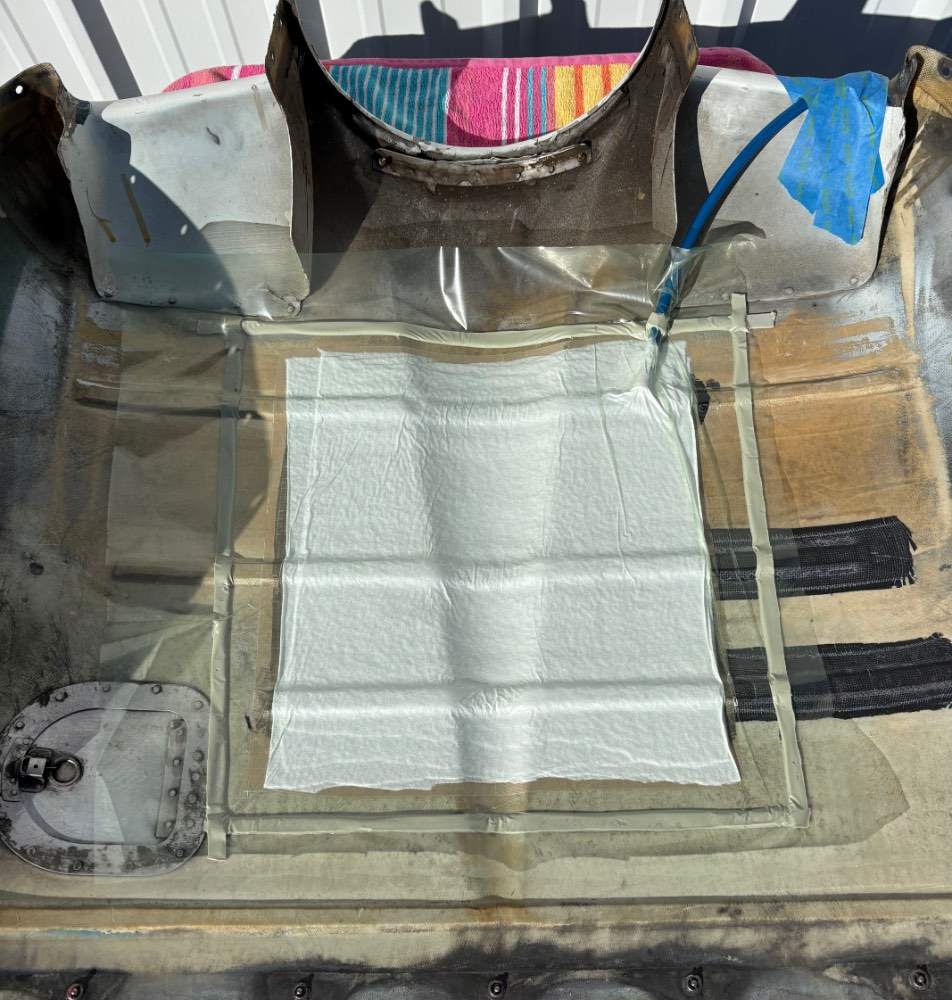
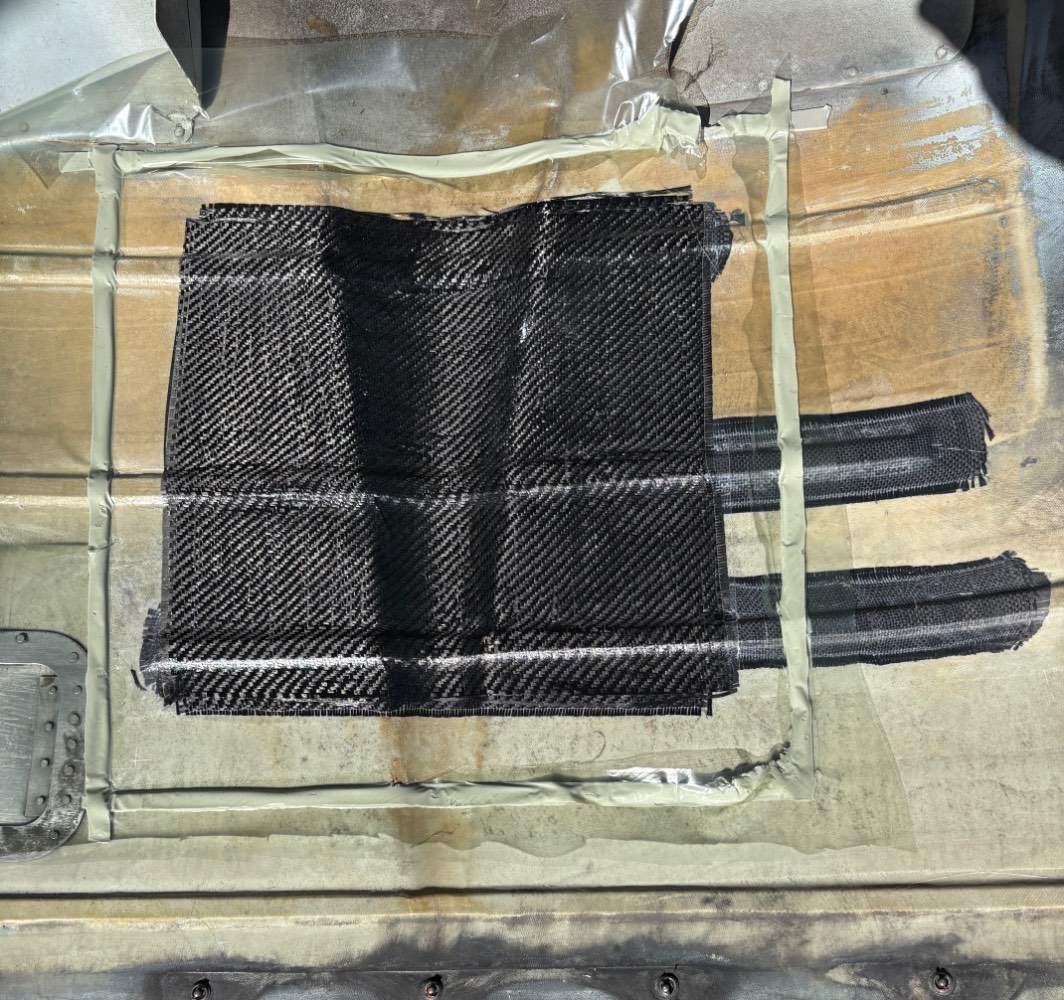
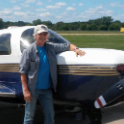

.jpg.06832de66194f1de92060afacaff6ba9.jpg)
